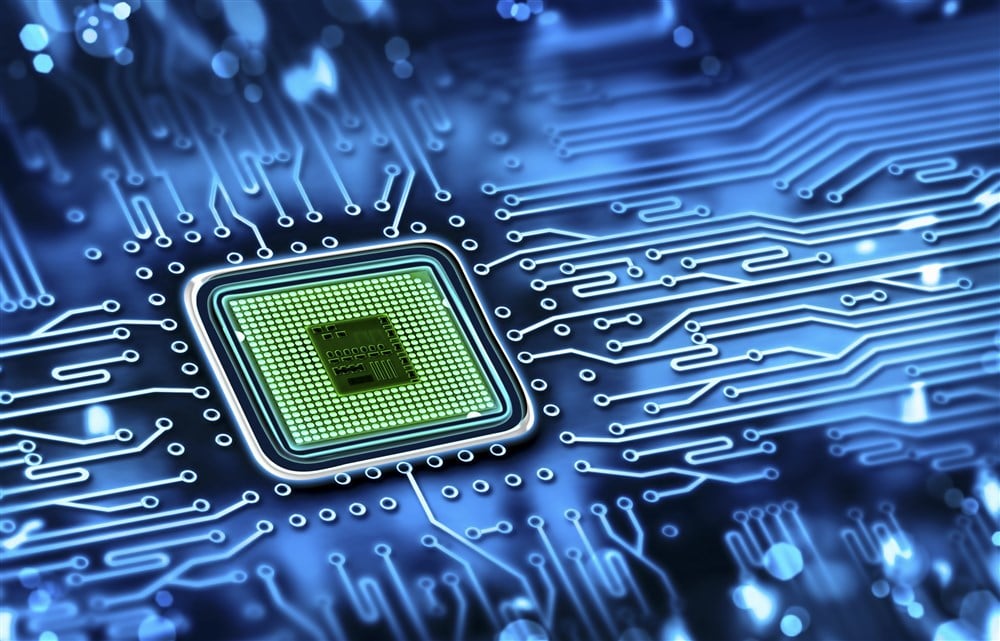
Shares of Intel (NASDAQ: INTC) have been on a tear lately, rising by as much as 37% year to date while leaving the S&P 500 index behind by a gap of 18.5%; the strong momentum that is being built is a refreshing change from the steady declines that got started in 2021.
The chip industry has undergone many changes in the past couple of years, with revenues falling across the board for virtually every name in the space. These declines result from supply chain normalization after chip manufacturing hit a significant bottleneck during the 2020-2022 period.
However, now that things are looking up and supply is returning to normal, the industry leaders have lost some of their pricing power and have to deal with curbs between the United States and China.
There are many reasons why Intel, the quiet name relative to the industry's high fliers, can become a worthwhile addition to your watchlist.
A Divided Front, Bullish Signs
Now that the United States and China are in a technological battle, placing further import and export curbs on each other around what chip-making technology they can access, Intel has been pushed into a political corner.
Competitors like Micron Technology (NASDAQ: MU) have recently chosen to deal with China, investing over $600 million to put them on good terms with Asia's powerhouse.
On the other hand, Intel has dropped what could have been a $5.4 billion deal to acquire Israeli firm Tower Semiconductor (NASDAQ: TSEM).
The latest blow to Intel CEO's plan to kickstart new growth came from Chinese antitrust denial, a window into how tough the industry is becoming with this new geopolitical divide. However, other avenues remain to be pursued with a less shaky foundation.
Despite some recent financial slowdowns in the latest quarterly financials, Intel is still making significant breakthroughs in other areas and is poised to deliver major surprises to shareholders.
There must be a reason why CEO Patrick Gelsinger has just invested half a million dollars in the stock at an average price of $33.86 a share. While not strictly at the same price, investors can still get in at roughly 1% above where the CEO decided the stock was cheap enough.
Markets are on the same page as Gelsinger, as they are rewarding the stock with a more aggressive valuation than Micron, implying that the company has chosen to back the right horse in this tech war.
Investors can pick up these clues by looking at the forward price-to-earnings ratio, which seeks to value the next twelve months of earnings in a company. In the case of Intel, a 20.6x multiple will place it above Micron's negative multiple, as shareholders expect the company to post another year of losses.
While traditional value investing would point out that Intel is now the more expensive alternative, a subtle message regarding market willingness to overpay for Intel stock speaks volumes, as there must be a perception of higher quality and growth around these figures.
Tailwinds at Play
The August ISM Manufacturing PMI report, which breaks down the dynamics inside America's eighteen largest industries, can be an excellent tool for investors to dig up Intel's next potential growth spur.
Regarding the computer industry, a nine-quarter contraction is dampening hopes of a rebound in the personal computer space. However, investors can look at the future rather than the past in this case, as there will be an inevitable return to average demand, bringing Intel's revenue back to its former glory.
Understanding why the PC rebound is a ticking timebomb is essential for investors since Intel owns 73.5% of all laptop CPUs as of the third quarter of 2023. Even a tiny increase in computer sales would translate into significant revenue and margin expansion jumps for Intel in this case.
Even though Advanced Micro Devices (NASDAQ: AMD) owns less than a quarter of the laptop CPU market, analysts are placing a 23.5% upside in that stock. However, Intel analyst ratings expect a net downside of 8.4% from today's prices.
What these analysts may be missing, apart from the ensuing PC demand rebound bringing a monstrous push to Intel, is the company's latest move to expand its foundry business.
Intel has been making aggressive investments in building foundries in America to bring chip-making capacity back to the United States, decentralizing Asia's grip on the global chip supply. Brookfield Asset Management (NYSE: BAM) is backing this ambitious plan.
A $30 billion joint investment has been made to enable Intel's foundry expansion, which will cushion the blows taken out of the company's free cash flow now that they have found a partner.
This matters to investors since, as Intel will not need to invest so much of its own money, return on capital will rise back to historical norms. True value investors should be nothing but ready to prove analysts wrong.





